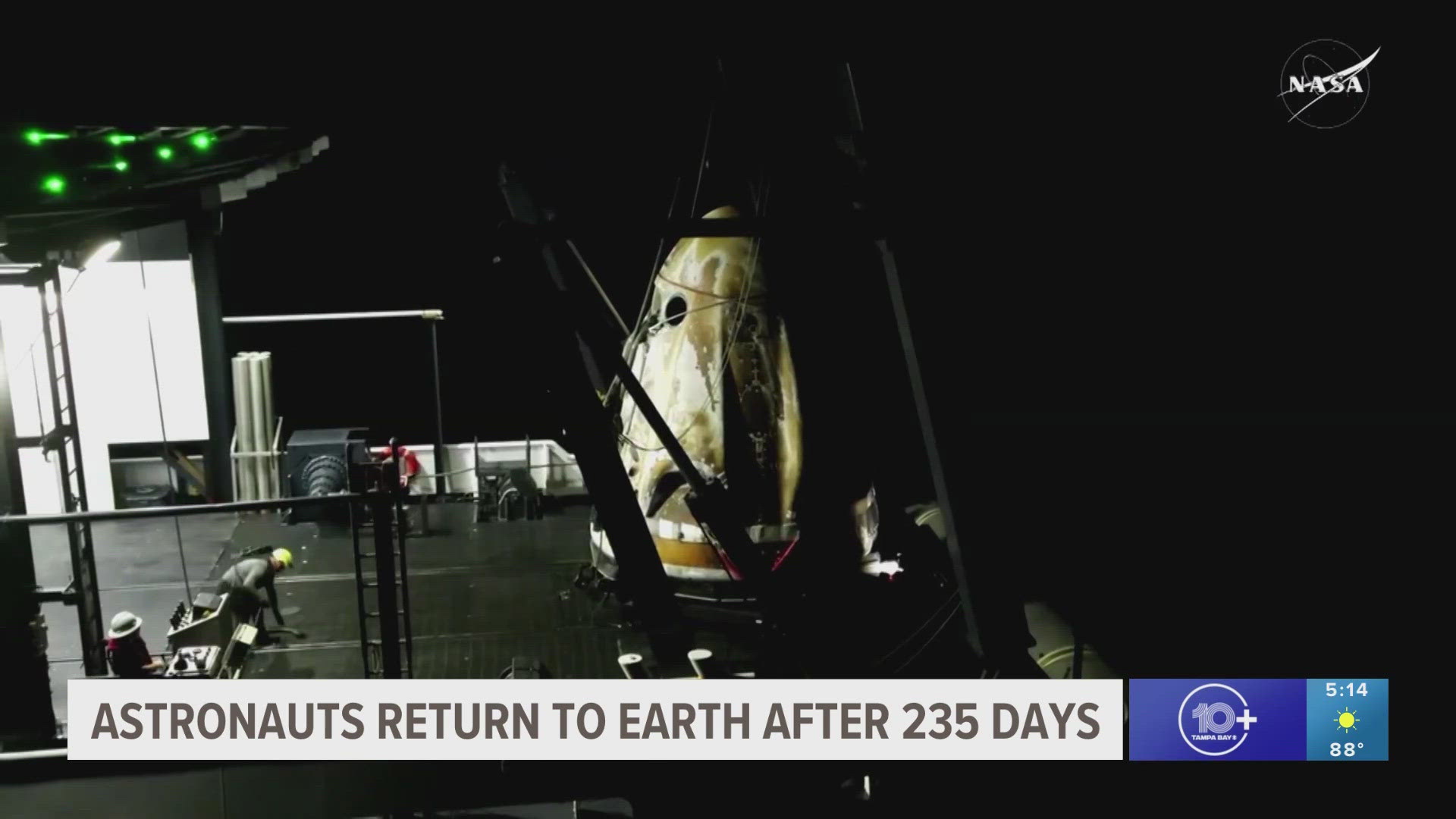CAPE CANAVERAL, Fla. — Amazon Alexa is going to new heights with NASA's upcoming uncrewed Artemis I mission, and you can follow along.
The device, that seems to have the answers to all your burning questions, will hitch a ride on the first leg of NASA's mission to send the first woman and first person of color to the Moon as part of a technology demonstration called Callisto.
Alexa, along with Webex by Cisco, will operate as "human-machine interface technologies" integrated into the Orion spacecraft, according to Lockheed Martin, who is spearheading the effort.
“The Star Trek computer was part of our original inspiration for Alexa, so it’s exciting and humbling to see our vision for ambient intelligence come to life on board Orion,” Aaron Rubenson, vice president of Alexa Everywhere at Amazon said. “We’re proud to be working with Lockheed Martin to push the limits of voice technology and AI, and we hope Alexa’s role in the mission helps inspire future scientists, astronauts, and engineers who will define this next era of space exploration.”
Alexa's main goal is to determine how ambient intelligence can help make astronauts' lives easier on future missions.
Now, the device heading to space isn't like the one sitting on your counter. According to Amazon, the team at Lockheed Martin designed custom, "space-grade" hardware that has Alexa built into it.
The upgrade is so that the device "could withstand the intense shock and vibrations of launch and radiation exposure from passing through the Van Allen Radiation Belts."
Alexa also got a bit of a software update to account for the spacecraft's metallic surfaces, engine noise and pumps, according to a press release.
Callisto will also be equipped with Amazon's "Local Voice Control" technology which allows the device to function in areas with little to no connectivity.
"By combining Alexa’s world-class AI with local processing on board the spacecraft, we can bypass the delay (or latency) associated with sending information from the Moon to Earth and back, and allow future astronauts to access specific information and features almost instantly," Amazon wrote.
It will also be able to access NASA's "Deep Space Network" to allow astronauts to connect with their loved ones at home and get information from Earth, like the latest news or sports scores.
"Callisto will demonstrate a first-of-its-kind technology that could be used in the future to enable astronauts to be more self-reliant as they explore deep space," Lisa Callahan, vice president and general manager of Commercial Civil Space for Lockheed Martin said. "Callisto is a shining example of how new partnerships with commercial technologies can be flown on Orion to benefit future human deep space missions."
According to Lockheed Martin, video and audio interactions during the Artemis I mission will also be transmitted back to Earth to give engineers the ability to analyze the onboard system's performance in real-time.
Now, here's where you come in. During the mission, your Alexa-enabled device, like an Echo, Echo Dot and Echo Show, will be able to share "in-depth" information like real-time telemetry data.
You can also ask your Alexa mission-specific questions like:
- “Alexa, how fast is Orion traveling?”
- “Alexa, what’s the temperature in the cabin?”
To get started, all you have to do is say, "Alexa, take me to the Moon." From there, you'll be able to set reminders and enable launch-related notifications.
The Artemis I mission is currently scheduled to lift off from NASA's Kennedy Space Center in 2022. The spacecraft will embark on a multi-week journey around the Moon and back.



